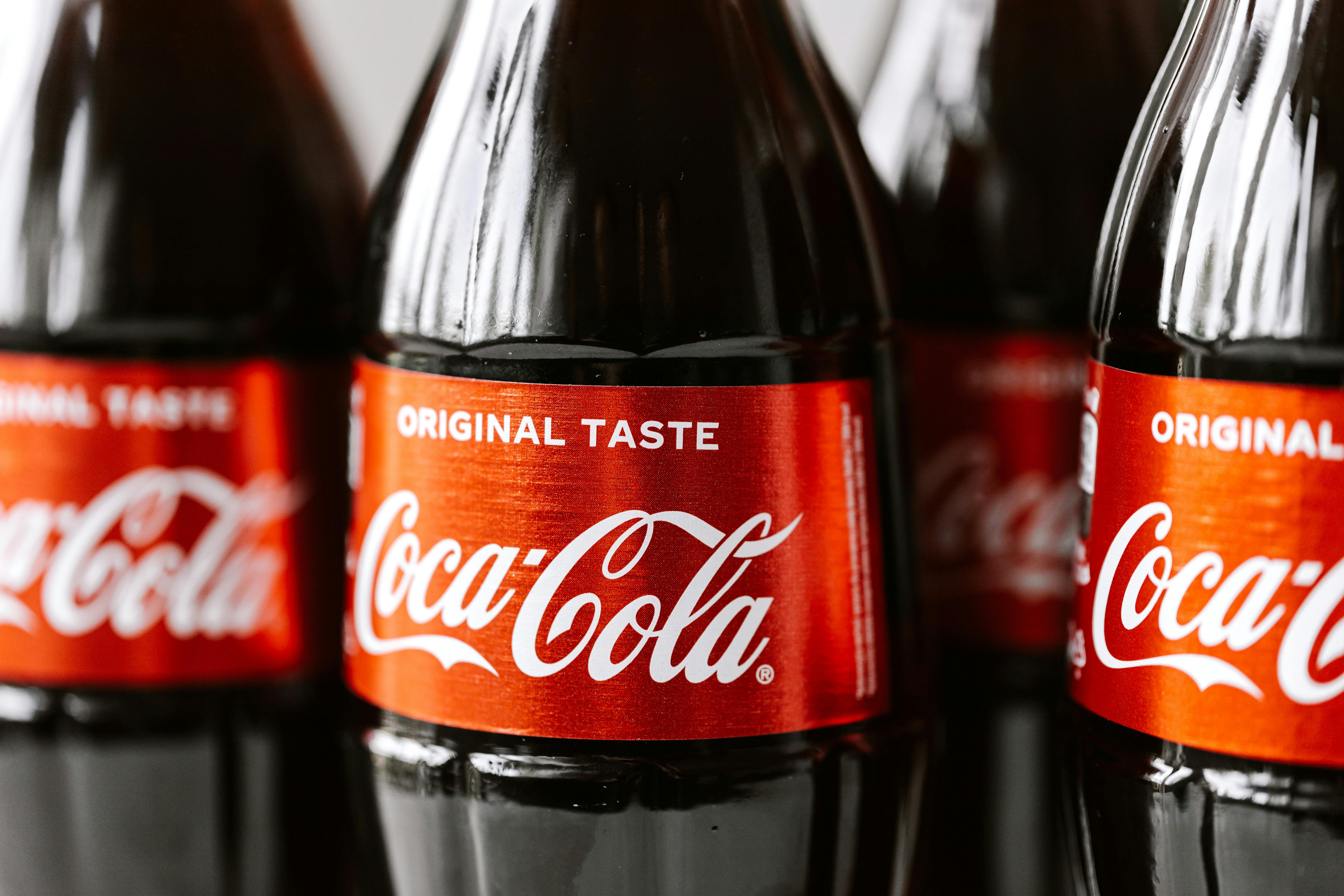The terms “purified” and “distilled” are often used interchangeably, but they actually refer to two different processes. Purified water has had contaminants removed from it, while distilled water has been boiled and condensed to remove impurities. Both types of water can be beneficial for drinking and other uses, depending on the desired result. In this article, we will explore the differences between purified and distilled water, as well as their respective applications.No, purified water and distilled water are not the same. Purified water has been filtered and processed to remove impurities, while distilled water has gone through a process of boiling and condensation to remove all impurities, including minerals.
Purified and Distilled Water
Water is essential to life, but not all water is created equal. Purified and distilled water are two types of processed water that differ in their levels of purity and use. Purified water is a general term used to describe any water that has gone through a process to remove impurities, while distilled water has been through an additional step of evaporation and condensation to achieve greater purity. Both types of water have their own advantages and disadvantages, so it’s important to understand the differences between them.
The main difference between purified and distilled water lies in the purification process. Purified water goes through a treatment process which removes impurities such as particles, chemicals, and other contaminants from the source water. This can be done through filtration, reverse osmosis, or distillation. Distilled water takes purification one step further by boiling the source water until it evaporates into steam, which is then cooled and condensed back into liquid form. This removes all impurities including minerals, chemicals, bacteria, and other contaminants from the source water.
In terms of safety for drinking purposes, both purified and distilled waters are considered safe for consumption because they have been treated to remove potentially harmful contaminants. However, there are some differences in taste between them due to the different purification processes they go through. Purified waters tend to retain some trace minerals from the source, so they may have a slightly salty or metallic taste depending on where it came from; whereas distilled waters do not retain any trace minerals so may have a slightly more “flat” taste than purified waters.
When it comes to use cases for both types of processed waters, there are certain applications where one is preferred over the other. Purified water is often used in commercial applications such as ice machines or coffee makers as it still retains some trace minerals that add flavor or texture to products; whereas distilled waters are typically used for medical purposes such as filling oxygen tanks or for laboratory experiments where absolute purity is necessary.
In conclusion, purified and distilled waters are two types of processed waters that differ in their levels of purity based on how they are processed. Both types are considered safe for drinking purposes but may differ in taste due to their respective purification processes. In terms of use cases, it’s important to understand which type works best for your specific application since each has its own advantages and disadvantages depending on your needs.
Water Purification Process
Water purification is a process of removing contaminants and unwanted materials from raw water to make it suitable for drinking and other purposes. The process is important to ensure clean, safe, and healthy drinking water for human consumption. It involves various techniques to remove physical, chemical, and biological contaminants from the water. Physical purification techniques include sedimentation, filtration, distillation, and reverse osmosis. Chemical purification techniques include chlorination and ozonation. Biological purification methods involve using activated carbon or other biological materials to remove microorganisms from the water. All these methods are used in combination to produce clean, pure drinking water.
Sedimentation is one of the oldest and simplest methods of purifying water. It involves allowing suspended particles in the raw water to settle down by gravity before the clarified water is collected at the bottom. This method can be used to remove large particles such as sand, silt, dirt, clay, etc., from raw water. Filtration is another common method used for removing small particles such as bacteria and other microorganisms from raw water. In this method, a filter medium like sand or charcoal is placed between two tanks containing raw and purified water respectively. When the contaminated raw water passes through this filter medium, most of the impurities are removed while allowing only clean purified water to pass through it into the second tank.
Distillation is another common technique used for purifying contaminated or salty sea-water into fresh drinking water by evaporating it and then condensing it back into liquid form. Reverse osmosis is also a popular method used for treating contaminated or brackish groundwater by forcing it through a membrane that allows only pure liquid molecules to pass through while rejecting all other impurities present in it. Chlorination is another chemical method used for disinfecting contaminated drinking water by adding chlorine gas or chlorine compounds like calcium hypochlorite or sodium hypochlorite which disinfects the raw water and makes it safe for consumption.
Ozonation is another chemical technique where ozone gas is passed through contaminated raw-water which oxidizes most of its impurities including bacteria making it safe for consumption without any further treatment. Activated carbon filtration is another biological process which involves passing contaminated raw-water over an activated carbon bed which absorbs most organic compounds present in it making it safe for consumption without any further treatment.
All these techniques are used in combination with each other depending on the nature of contaminants present in raw-water so as to produce clean and safe drinking-water which can be consumed without any health risks associated with impure drinking-water consumption such as gastrointestinal diseases etc
Purified Water is Essential for Optimal Health
Drinking purified water is essential for our optimal health and well-being. Purified water is free of contaminants, toxins, and chemicals and can help reduce the risk of serious health issues such as cancer and heart disease. It helps to keep the body hydrated, which helps to improve energy levels and mental clarity. Purified water also helps to flush out toxins from the body, which can lead to healthier skin, hair, and nails.
Benefits of Purifying Water
Purifying water also has several other benefits including reducing the risk of digestive problems such as indigestion, cramping, and diarrhea. It can also help reduce bloating and gas. In addition to this, it can help reduce bad breath and body odor caused by bacteria in drinking water. Purifying water can also help improve the taste of your food as it eliminates any unpleasant odors or tastes from contaminated sources.
Better Taste
Another benefit of purifying water is that it improves the taste of your beverages. Tap water often has a metallic or chemical taste due to its high mineral content or presence of chloramines. Purified water has a much cleaner taste because it has been filtered and processed to remove these impurities.
More Affordable Option
Finally, purified water is much more affordable than bottled water. Bottled water can be expensive and inconvenient since you have to buy large quantities at a time. With purified water, you only need a filter system or pitcher that will last for several months before needing to be replaced. This makes purifying your own drinking water much more cost-effective in the long run.
Distillation Process for Water
Distillation is a process used to purify water. In this process, the water is heated until it turns into steam and then it is collected and condensed back into liquid form. The condensed liquid that is collected is called distilled water. This process removes impurities such as heavy metals, salts and other contaminants from the original water source. Distilling water has been used since ancient times and is still widely used today. The process of distillation is simple but effective in removing impurities from water sources.
The first step in the distillation process begins with heating the original source of water until it turns into steam. The steam rises up and leaves behind any impurities that may be present in the original source of water. The steam then travels through a cooling system which condenses it back into liquid form. This condensed liquid, also known as distilled water, can then be collected for use or further processed for purification purposes.
The process of distillation can also be used to desalinate seawater by evaporating seawater until only salt-free distilled water remains. This type of distillation is often referred to as “reverse osmosis”. Desalination plants are becoming increasingly popular due to their ability to produce clean drinking water from seawater sources without the need for chemical treatments or other methods of purification.
Another application of the distillation process is to produce drinking alcohol from fermented liquids such as wine or beer. In this case, the fermented liquids are heated until they turn into vapor and then they travel through a condenser which collects the alcohol vapor before it cools and turns back into liquid form once again. This liquid form is known as “distilled spirits” or “spirits”.
Overall, distillation is an effective way to purify water sources by removing impurities such as heavy metals, salts and other contaminants from them before they are used for consumption or further processing purposes. It can also be used to produce drinking alcohol from fermented liquids such as wine or beer, and desalinate seawater in order to create clean drinking water without chemical treatments or other methods of purification.

Benefits of Distilled Water
Distilled water has numerous benefits that make it an attractive choice for drinking, cooking, and other uses. It is relatively free of contaminants such as bacteria, viruses, and minerals that can be found in regular tap water. Distilled water also has a longer shelf life than regular tap water that makes it great for storing in pantries and cupboards. Additionally, distilled water has a lower risk of contamination from outside sources such as pipes through which the water travels to get to your faucet.
One of the major benefits of distilled water is its purity. Since it is free from minerals and other impurities, there is no chance of unwanted tastes or odors in your drinking or cooking water. Also, since there are no contaminants or minerals in distilled water, it won’t leave any stains or deposits on your dishes or surfaces when you use it for cleaning purposes. This makes it ideal for use in humidifiers, steam irons and other appliances where scale build-up can be a problem with regular tap water.
Another benefit of using distilled water is its ability to reduce the risk of health problems associated with drinking contaminated or mineral-laden tap water. It is especially beneficial for people with weakened immune systems who may not be able to tolerate even trace amounts of contaminants that may be present in regular tap water. It is also beneficial for people who are trying to maintain healthy levels of minerals and vitamins in their bodies since distilled water does not contain any trace elements.
Finally, one of the most appealing benefits of distilled water is its cost-effectiveness. While distillation does require energy expenditure to produce the end product, the cost savings on bottled mineral waters more than outweighs this expense. Additionally, since there are no contaminants or chemicals added during the distillation process, there are no additional costs associated with purchasing bottled mineral waters that may have added preservatives or other chemicals.
In conclusion, distilled water offers numerous benefits over regular tap water including purity, reduced risk of contamination from outside sources such as pipes and a longer shelf life than regular tap water. Additionally, it has been shown to reduce the risk of health problems associated with drinking contaminated or mineral-rich tap waters and is cost-effective compared to purchasing bottled mineral waters.
Comparison between Purified and Distilled Water
The two most common forms of water that are used for everyday purposes are purified and distilled water. Although both types of water provide clean and safe drinking water, there are some key differences between the two. Purified water is any water that has been treated using a chemical or mechanical process to remove impurities, while distilled water is created through a process known as distillation, which involves boiling the water and then condensing the steam back into liquid form.
When it comes to taste, many people prefer the taste of purified water over distilled because it has more minerals and tastes more like spring or tap water. Distilled water, on the other hand, can have a flat taste due to its lack of minerals. In terms of cost, distilled water is usually less expensive than purified because it requires less processing.
In terms of health benefits, both types of waters can provide clean drinking water, but there may be some differences in their mineral content. Purified water typically contains trace amounts of minerals such as calcium and magnesium which can be beneficial for your health. Distilled water does not contain any minerals and may not provide the same health benefits as purified.
When it comes to safety, both types of waters are considered safe for drinking but should always be tested before consumption to ensure they meet quality standards. In addition, both types should also be stored properly in order to maintain their quality over time.
Overall, when it comes to comparing purified and distilled waters, it really comes down to personal preference in terms of taste and cost. Both types can provide clean and safe drinking water but may differ in terms of mineral content or other factors such as cost or convenience.
How to Choose between Purified and Distilled Water?
When it comes to choosing between purified and distilled water, it is important to understand the differences in order to make an informed decision. Purified water is typically water that has gone through a filtration process, while distilled water is water that has gone through a purification process. Purification removes impurities, such as bacteria and other contaminants, while distillation removes minerals and other particles.
The main difference between purified and distilled water is the presence of minerals. Distilled water does not contain any minerals, while purified water will have trace amounts of minerals present. This can be beneficial for certain individuals who need additional minerals in their diet, but it may also cause problems for those with specific health issues or dietary needs. It’s important to consider how the mineral content of each type of water will affect you before making your choice.
When choosing between purified and distilled water, it’s also important to consider taste. Many people find that distilled water has a slightly flat taste due to the lack of mineral content, while purified water can have a more refreshing flavor due to the presence of trace minerals. The taste preference is often subjective, so it’s best to try both types of water before settling on one.
It’s also important to consider price when choosing between purified and distilled water. Generally speaking, distilled water tends to be more expensive than purified water since it requires additional steps in the purification process. However, this cost difference may be worth it if you need the additional benefits that come with drinking distilled water.
Overall, when choosing between purified and distilled water, it’s important to consider your specific needs and preferences. Consider the mineral content and taste of each type of water as well as cost in order to make an informed decision about which type is best for you.

Conclusion
It is clear that purified and distilled water are not the same. Purified water is treated to remove impurities and contaminants, but it still contains some minerals and other particles. Distilled water, on the other hand, is boiled to produce steam which is then condensed back into liquid form. This process removes all minerals and other contaminants, leaving behind pure H2O. The two are used for different purposes and it’s important to understand the difference between them in order to make sure you’re using the right type of water for your needs.
Although both types of water can be used for drinking, distilled water should be avoided due to its lack of necessary minerals and trace elements. Instead, purified water should be used as it has been treated to remove impurities while still retaining beneficial minerals. This will ensure that you get the most benefit from your drinking water.

